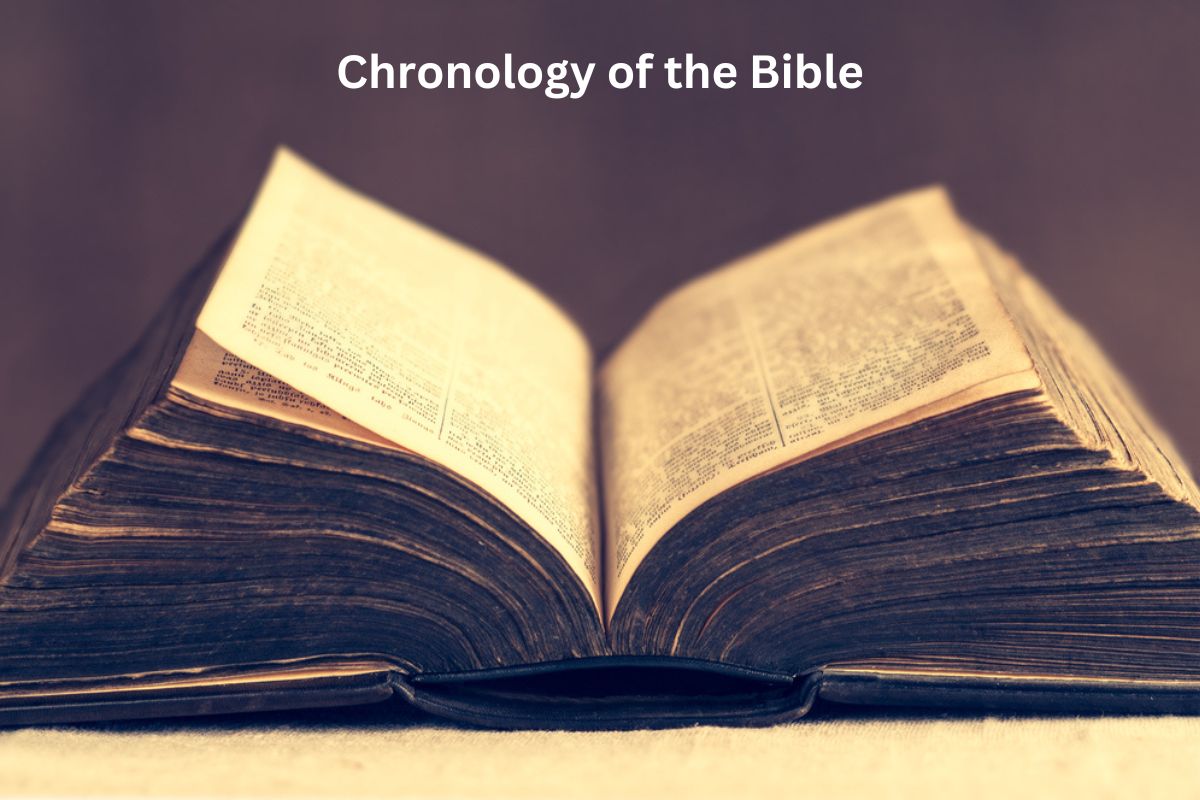The chronology of the Bible is a journey through the historical and spiritual narrative of the scriptures, encompassing thousands of years of events, people, and divine interactions.
From the creation of the world and the early patriarchs of the Old Testament to the life and teachings of Jesus Christ in the New Testament, it’s a rich tapestry of stories, prophecies, and teachings that have shaped the faith and beliefs of countless individuals and communities over millennia.
This chronology not only serves as a historical record but also as a source of inspiration, moral guidance, and theological reflection for those who follow the Abrahamic faith traditions.
| Event or Period | Books or Description |
|---|---|
| Creation | Genesis 1-2 |
| The Flood | Genesis 6-9 |
| Abraham and the Patriarchs | Genesis 12-50 |
| Exodus and the Israelites | Exodus |
| Conquest of Canaan | Joshua |
| Period of the Judges | Judges, Ruth |
| United Monarchy | 1 Samuel, 2 Samuel, 1 Kings 1-11 |
| Divided Kingdom | 1 Kings 12-22, 2 Kings |
| Exile and Return | Ezra, Nehemiah |
| Prophets | Isaiah, Jeremiah, Ezekiel, and more |
| Birth of Jesus | Matthew 1-2, Luke 1-2 |
| Ministry of Jesus | Matthew, Mark, Luke, John |
| Crucifixion and Resurrection | Matthew 26-28, Mark 14-16, Luke 22-24, John 18-20 |
| Early Christian Church | Acts of the Apostles |
| Epistles (Letters) | Romans, Corinthians, Galatians, Ephesians, Philippians, Colossians, Thessalonians, Timothy, Titus, Philemon, Hebrews, James, Peter, John, Jude |
| Apocalyptic Literature | Revelation |
Bible in Chronological Order
Creation (Genesis 1-2):
The book of Genesis, which serves as the first book of the Bible in both the Old and New Testaments, opens with the story of creation.
Also Read: Facts About Atheists
In these chapters, it is written that God created the universe and everything within it in six days. Here is a breakdown of the key aspects of the creation narrative:
- Day 1: On the first day, God created light and separated it from darkness.
- Day 2: On the second day, God created the sky and separated the waters above from the waters below.
- Day 3: On the third day, God gathered the waters below to form seas and created dry land. He also caused plants, trees, and vegetation to sprout.
- Day 4: On the fourth day, God created the sun, moon, and stars to govern day and night and to mark seasons and time.
- Day 5: On the fifth day, God filled the waters with fish and the skies with birds.
- Day 6: On the sixth day, God created land animals, including cattle, beasts, and creeping things. He also created humanity, both male and female, in His own image and gave them dominion over the earth. He blessed them and instructed them to be fruitful and multiply.
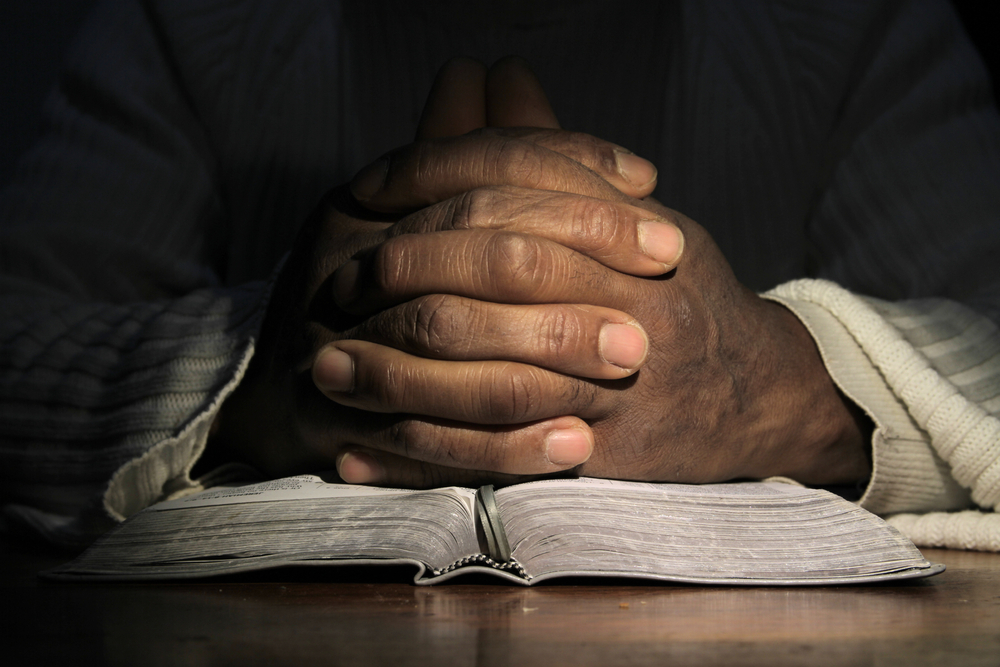
The Flood (Genesis 6-9):
This is one of the most famous stories in the Bible, also found in the book of Genesis. It tells of a catastrophic flood that covered the entire earth due to the wickedness of humanity. The key elements of this story are as follows:
Noah: God chose Noah, a righteous man, to build an ark to save himself, his family, and a pair of every kind of animal from the impending flood.
Construction of the Ark: Noah constructed the ark according to God’s instructions, and it took many years to complete.
Also Read: Timeline of the The Old Testament
The Flood Begins: God sent rain for 40 days and 40 nights, and the waters rose, covering the earth and destroying all life on land. Only those on the ark survived.
The Dove and the Olive Branch: After the floodwaters receded, Noah sent out a dove to find dry land. The dove returned with an olive leaf, indicating that the land was now habitable.
God’s Covenant: God made a covenant with Noah, promising never to flood the earth again and setting the rainbow as a sign of that covenant.
Descendants of Noah: After the flood, Noah and his family repopulated the earth, and the story goes on to trace the genealogy of humanity from this point.
Abraham and the Patriarchs (Genesis 12-50):
This period focuses on the life and experiences of Abraham and his descendants, who are considered the patriarchs of the Israelite people. Key events include:
Call of Abraham: God calls Abram (later named Abraham) to leave his homeland and go to the land of Canaan, where God promises to make him the father of a great nation.
Covenant with God: God makes a covenant with Abraham, promising to bless him, make his descendants as numerous as the stars, and give them the land of Canaan as their inheritance.
Birth of Isaac: Abraham and Sarah miraculously have a son named Isaac in their old age, fulfilling God’s promise.
Also Read: Timeline of the Books of the Bible
Testing of Abraham: God tests Abraham’s faith by asking him to sacrifice Isaac. However, at the last moment, God provides a ram for the sacrifice instead.
Jacob and Esau: The narrative continues with the story of Isaac’s twin sons, Jacob and Esau, and the conflicts within the family.
Joseph and the Coat of Many Colors: Joseph, one of Jacob’s sons, is sold into slavery by his jealous brothers. His story takes him to Egypt, where he rises to a position of power.
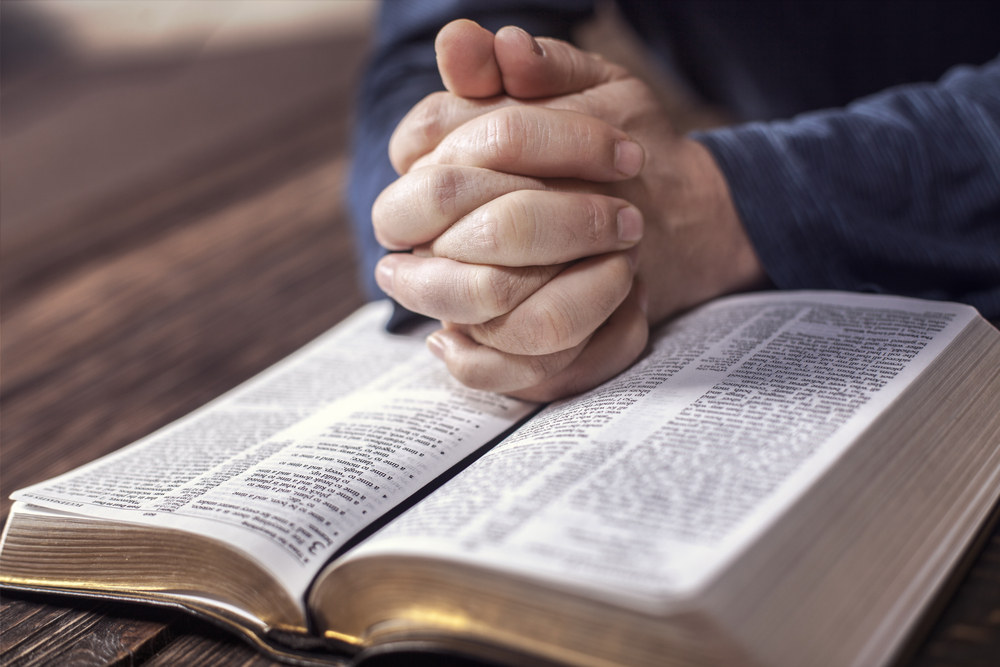
Exodus and the Israelites (Exodus):
This pivotal event marks the liberation of the Israelites from slavery in Egypt and their journey to the Promised Land. Key elements include:
Moses: God chooses Moses to lead the Israelites out of Egypt. Moses confronts Pharaoh with God’s demand to “Let my people go.”
Ten Plagues: God sends ten plagues upon Egypt to convince Pharaoh to release the Israelites, including the plague of blood, frogs, and the Passover.
Passover: The Israelites celebrate the Passover, a festival that commemorates their protection from the final plague, which claimed the firstborn of Egypt.
Red Sea Crossing: God miraculously parts the Red Sea, allowing the Israelites to escape while drowning pursuing Egyptian forces.
Mount Sinai: The Israelites arrive at Mount Sinai, where Moses receives the Ten Commandments and other laws, forming the basis of Mosaic Law.
Tabernacle: The construction of the Tabernacle, a portable sanctuary where God’s presence dwells among the Israelites.
Conquest of Canaan (Joshua):
After wandering in the wilderness for 40 years, the Israelites, under the leadership of Joshua, enter the Promised Land of Canaan. Key events include:
Jericho: The miraculous fall of the city of Jericho, where the walls collapse after the Israelites march around it seven times.
Conquest of Canaan: The Israelites engage in battles and campaigns to conquer various regions of Canaan.
Division of the Land: The land of Canaan is divided among the twelve tribes of Israel.
Period of the Judges (Judges, Ruth):
This era follows the conquest of Canaan and is characterized by a cycle of sin, oppression, deliverance, and peace. Key figures include various judges who lead the Israelites during times of crisis. The book of Ruth also belongs to this period.
Deborah and Barak: Deborah, a prophetess, and Barak, a military leader, lead the Israelites to victory against the Canaanites.
Gideon: Gideon is called by God to defeat the Midianites with a small army.
Samson: Samson, known for his extraordinary strength, battles the Philistines.
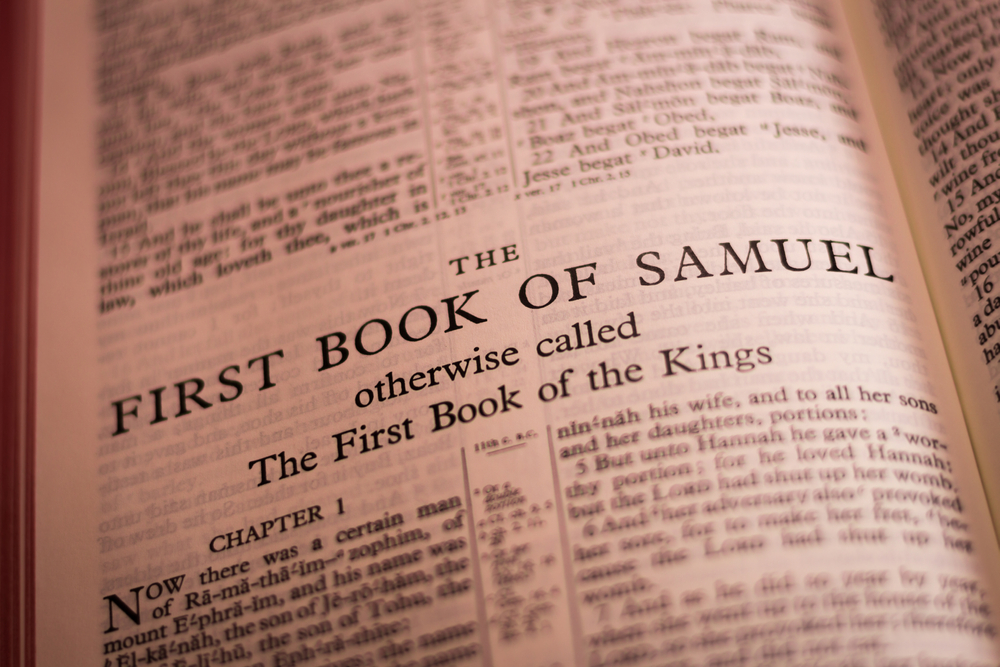
United Monarchy (1 Samuel, 2 Samuel, 1 Kings 1-11):
This period marks the establishment of the first united kingdom of Israel under the reigns of Saul, David, and Solomon.
Saul: Saul is anointed as the first king of Israel but loses God’s favor due to disobedience.
David: David, a shepherd and warrior, becomes the second king of Israel and is known for his victories, including defeating Goliath. He is also credited with writing many of the Psalms.
Solomon: Solomon, David’s son, becomes the third king of Israel and is renowned for his wisdom. He builds the First Temple in Jerusalem, a symbol of Israel’s religious and political unity.
Divided Kingdom (1 Kings 12-22, 2 Kings):
After the reign of Solomon, the kingdom of Israel divides into two separate entities: the northern kingdom of Israel (comprising ten tribes) and the southern kingdom of Judah (comprising two tribes, Judah and Benjamin). This period is marked by the following:
Jeroboam and Rehoboam: Jeroboam becomes the first king of the northern kingdom of Israel, while Rehoboam, Solomon’s son, rules over the southern kingdom of Judah. This division is due to Solomon’s oppressive policies and the subsequent revolt.
Prophets and Spiritual Decline: Prophets such as Elijah and Elisha emerge during this time, condemning idolatry and calling for repentance. The northern kingdom, in particular, struggles with a series of wicked kings and rampant idol worship.
Assyrian Captivity: The northern kingdom of Israel falls to the Assyrians in 722 BCE. The ten northern tribes are scattered and lost to history, often referred to as the Ten Lost Tribes of Israel.
Survival of Judah: The southern kingdom of Judah survives for a longer period, largely due to periods of reform and faithful kings. However, it also faces threats from neighboring empires, including the Babylonians.
Exile and Return (Ezra, Nehemiah):
This period in the history of Israel involves the Babylonian Exile and the subsequent return of the Jewish people to their homeland:
Babylonian Exile: In 586 BCE, the Babylonians, under King Nebuchadnezzar, capture Jerusalem and destroy the First Temple. Many Jews are taken into captivity in Babylon for about 70 years. During this time, the books of Daniel, Ezekiel, and parts of Jeremiah are written.
Return to Jerusalem: After the Persian Empire, under Cyrus the Great, conquers Babylon, he allows the Jewish exiles to return to Jerusalem and rebuild the Temple. This event is recorded in the book of Ezra.
Rebuilding the Walls: Nehemiah, a Jewish official in the Persian court, leads a project to rebuild the walls of Jerusalem to protect the city. This effort is chronicled in the book of Nehemiah.
Reforms: Both Ezra and Nehemiah implement religious and social reforms to strengthen the Jewish community and reestablish their identity in the land.
Prophets: Throughout the Old Testament, various prophetic books provide insight into the lives and messages of the prophets. These books include Isaiah, Jeremiah, Ezekiel, and many others. The prophets play a crucial role in conveying God’s messages, offering warnings, and calling the people to righteousness and faithfulness.
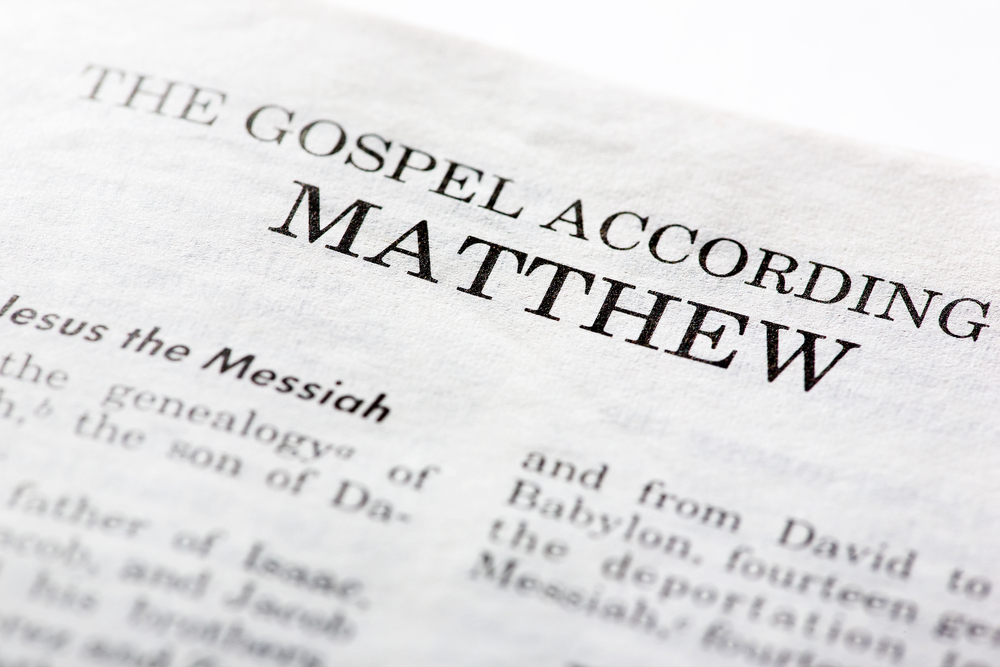
Birth of Jesus (Matthew 1-2, Luke 1-2):
The New Testament begins with the birth of Jesus Christ. This event is recorded in the Gospels of Matthew and Luke:
Annunciation: The angel Gabriel announces to Mary, a young woman in Nazareth, that she will conceive and give birth to the Son of God. Mary’s willingness to accept this role is known as the Annunciation.
Birth in Bethlehem: Mary and Joseph travel to Bethlehem, where Jesus is born in a humble setting, and shepherds receive a divine message of his birth.
Visit of the Wise Men: Magi from the East visit Jesus, following a star that leads them to the child. They bring gifts of gold, frankincense, and myrrh.
Ministry of Jesus (Matthew, Mark, Luke, John): The Gospels of Matthew, Mark, Luke, and John record the life and teachings of Jesus during his earthly ministry:
Baptism: Jesus is baptized by John the Baptist in the Jordan River, marking the beginning of his ministry.
Teachings: Jesus delivers the Sermon on the Mount, which includes the Beatitudes and many of his core teachings on love, forgiveness, and the kingdom of God.
Miracles: Jesus performs numerous miracles, including healing the sick, feeding the hungry, and raising the dead.
Parables: Jesus often teaches through parables, using stories to convey spiritual truths.
The Last Supper: Jesus shares the Last Supper with his disciples, instituting the Eucharist. This event is central to Christian theology.
Crucifixion and Resurrection: Jesus is crucified, dies, and is buried. However, he rises from the dead on the third day, a foundational belief of Christianity.
Crucifixion and Resurrection (Matthew 26-28, Mark 14-16, Luke 22-24, John 18-20):
These events are central to Christian theology and mark the culmination of Jesus’ earthly ministry:
The Last Supper: Jesus shares the Last Supper with his disciples, during which he institutes the Eucharist, symbolizing his body and blood.
Gethsemane: Jesus prays in the Garden of Gethsemane, where he agonizes over his impending arrest and crucifixion.
Arrest and Trial: Jesus is arrested, tried before Jewish religious authorities, and later brought before the Roman governor, Pontius Pilate, who sentences him to crucifixion.
Crucifixion: Jesus is crucified on a cross at Golgotha (Calvary), suffering a brutal and agonizing death. He is crucified alongside two criminals.
Death and Burial: Jesus dies on the cross and is buried in a tomb donated by Joseph of Arimathea.
Resurrection: On the third day, Jesus rises from the dead, defeating sin and death. His resurrection is witnessed by several women, disciples, and followers.
Appearances: Jesus appears to his disciples multiple times, providing them with proof of his resurrection and commissioning them to preach the Gospel.
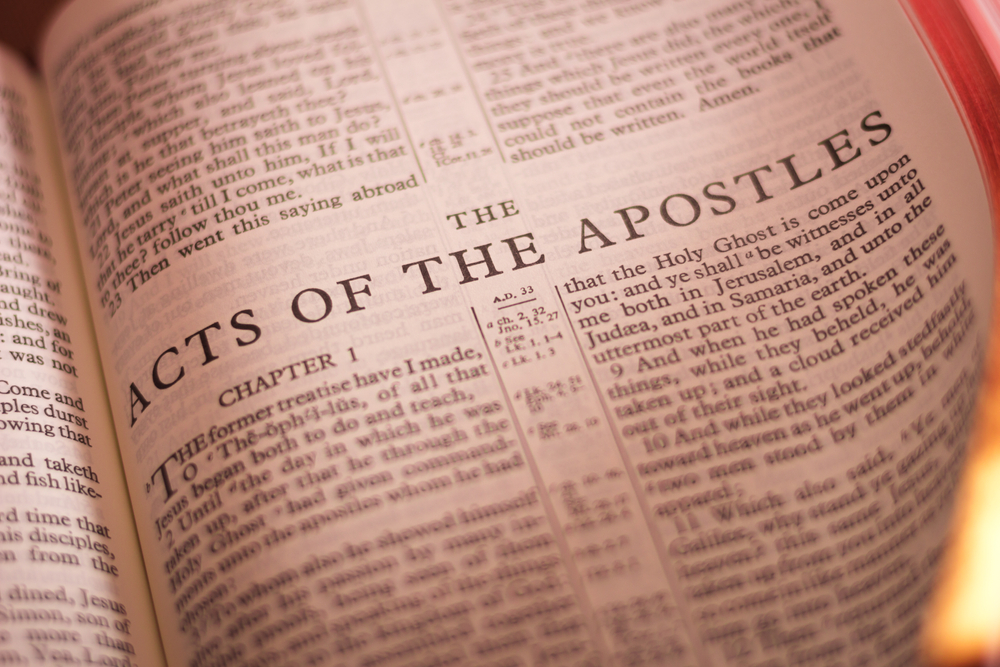
Early Christian Church (Acts of the Apostles):
The book of Acts of the Apostles, often referred to simply as Acts, documents the early days of the Christian Church:
Pentecost: The Holy Spirit descends upon the apostles and other believers on the day of Pentecost, empowering them to speak in different languages and boldly proclaim the Gospel.
Peter’s Preaching: Peter delivers a powerful sermon, leading to the conversion of thousands. The early Christians share possessions and live in a community of faith.
Persecution and Expansion: The early Christians face persecution from both Jewish and Roman authorities. The Church, however, continues to grow and spread beyond Jerusalem.
Conversion of Paul: Saul of Tarsus, a persecutor of Christians, encounters the risen Jesus on the road to Damascus and undergoes a dramatic conversion, becoming the apostle Paul.
Missionary Journeys: Paul embarks on several missionary journeys, spreading Christianity to various regions of the Roman Empire.
Council of Jerusalem: A pivotal council is held in Jerusalem to address the inclusion of Gentile (non-Jewish) believers in the Christian community. It is decided that Gentile Christians do not need to adhere to all Jewish laws.
Epistles (Letters):
The New Testament includes a collection of letters or epistles written by various apostles and leaders to early Christian communities. These letters provide theological teachings, pastoral guidance, and encouragement. Some notable epistles and authors include:
Pauline Epistles: Letters written by the apostle Paul to churches and individuals, including Romans, Corinthians, Galatians, Ephesians, Philippians, Colossians, Thessalonians, Timothy, Titus, and Philemon.
General Epistles: Letters by other apostles and leaders, such as James, Peter, John, and Jude, addressing various theological and practical matters within the early Christian communities.
Apocalyptic Literature (Revelation):
The book of Revelation, attributed to John, contains apocalyptic visions and prophecies:
- Revelation of Jesus Christ: The book begins with a revelation of Jesus to John on the island of Patmos.
- Apocalyptic Visions: John witnesses various visions, including the opening of seven seals, the sounding of seven trumpets, and the pouring out of seven bowls, all symbolizing events leading up to the ultimate triumph of good over evil.
- Symbolism: Revelation uses rich symbolism to describe cosmic battles, the final judgment, and the establishment of a new heaven and a new earth.
- The New Jerusalem: The book concludes with a vision of the New Jerusalem, a heavenly city where God dwells with his people, and there is no more sorrow or suffering.
- Eschatological Hope: Revelation offers hope to believers in the face of persecution and the promise of God’s ultimate victory.
Spread and Growth of Christianity:
Beyond the events described in the Bible, Christianity continued to spread and grow in the centuries following the New Testament era. This expansion included the work of missionaries, the development of Christian theology and doctrine, and the establishment of the early Christian Church as a global religious movement.
Theological and Doctrinal Developments:
Over the centuries, Christian theology and doctrine evolved, leading to the formulation of creeds (e.g., the Nicene Creed) and the development of various branches of Christianity (e.g., Eastern Orthodoxy, Roman Catholicism, Protestantism). These developments were often shaped by theological debates, councils, and the contributions of theologians and scholars.
